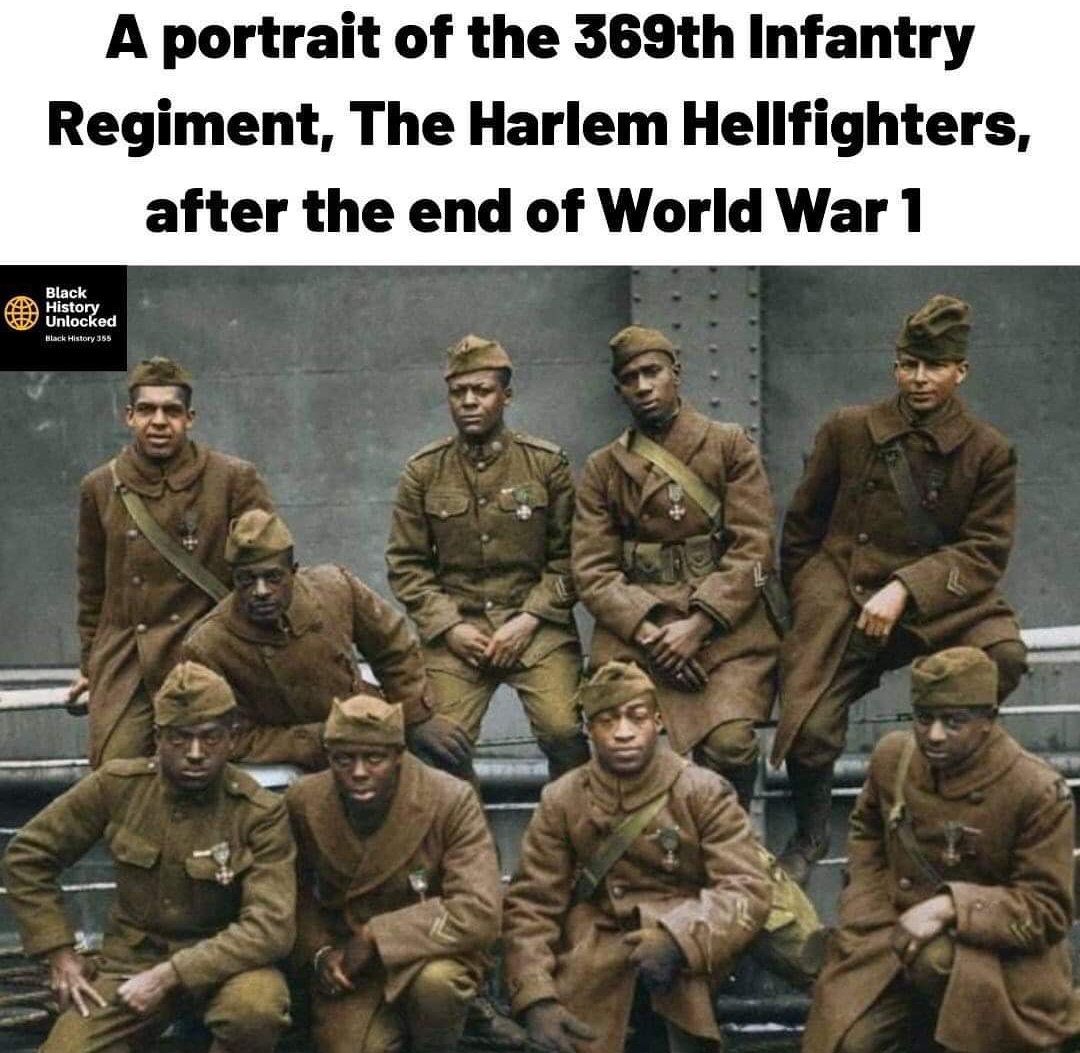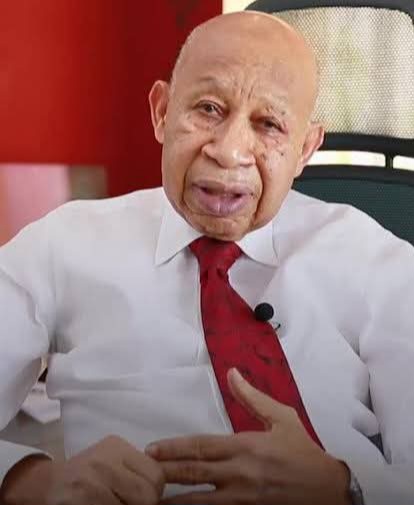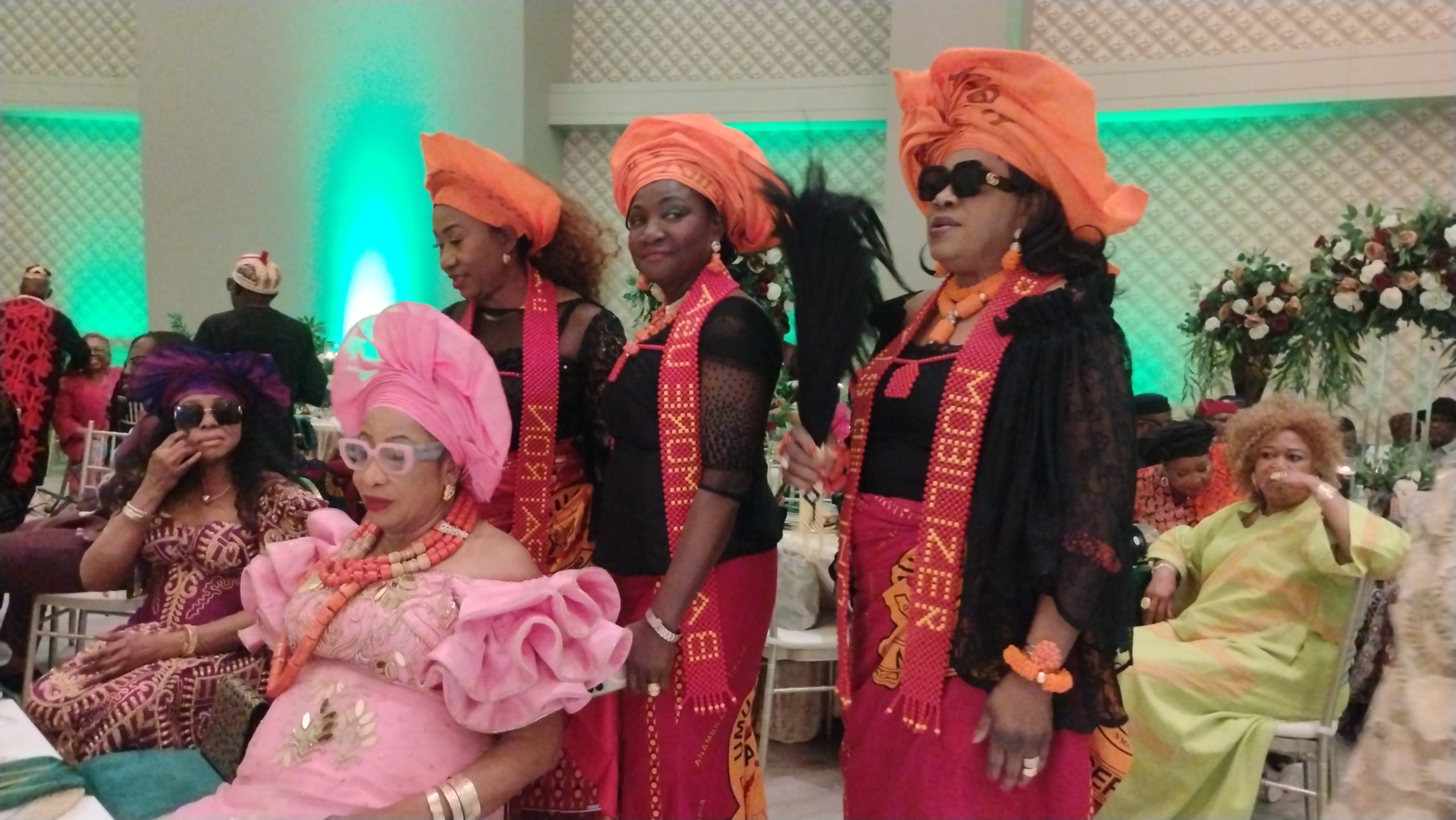FIRST WORLD WAR IN HISTORY: The African American (Harlem Fighters) That Never Lost A Single War – Smithsonian Magazine

Their courage made headlines across the country, hailing the African-American regiment as heroes even as they faced discrimination at home
Private Henry Johnson of Albany, New York, held tight his French Lebel rifle and stared into the darkness of no-man’s-land, listening for German raiders. Beyond the parapet, he could make out shapes and shadows under the waning moon.

Johnson was a 25-year-old railroad baggage porter, the son of North Carolina tobacco farmers. Under French command, he manned the front line of the Great War about 115 miles east of Paris on the early morning of May 15, 1918.
He heard a sound and turned to his partner in their tiny observation post, Needham Roberts, who gestured toward the direction of the noise. They heard it again: the snip of barbed wire being cut.
Johnson fired an illumination rocket into the sky, then ducked as German grenades flew toward him. The grenades exploded behind him, and pain struck his left leg and side. Roberts, bleeding from his head, threw grenades of his own back over the parapet.
The German forces rushed into the Americans’ dugout. Johnson shot one German in the chest, point-blank, then swung his rifle to club another. Two enemy soldiers tried to haul Roberts away, until Johnson drove his nine-inch knife into one of their skulls. Another German shot Johnson in the shoulder and thigh; Johnson lunged with his knife and slashed him down. The enemy soldiers ran. Johnson chucked grenades as they fled.
Reviewing the carnage the next day, a U.S. Army captain estimated that Johnson had killed four of at least 24 German soldiers. Days later, Johnson and Roberts became the first Americans to receive the French Croix de Guerre – the first of many honors awarded to the 369th Infantry Regiment, better known as the Harlem Hellfighters.
The Hellfighters, the most celebrated African-American regiment in World War I, confronted racism even as they trained for war, helped bring jazz to France, then battled Germany longer than almost any other American doughboys. (Their nickname’s origin is unclear: it was possibly coined by enemy soldiers, the American press, or both.) Like their predecessors in the Civil War and successors in the wars that followed, these African-American troops fought a war for a country that refused them basic rights – and their bravery stood as a rebuke to racism, a moral claim to first-class citizenship.
They were mostly New Yorkers, the first black troops in their state’s National Guard. After years of lobbying by civic leaders from Harlem, Manhattan’s celebrated black neighborhood, Governor Charles Whitman finally formed the all-black unit, first known as the 15th New York National Guard Regiment, in 1916, as the U.S. prepared for possible entry into World War I.
The majority of the enlistees actually came from Harlem, which was home to 50,000 of Manhattan’s 60,000 African-Americans in the 1910s. Others came from Brooklyn, towns up the Hudson River, and New Jersey, Connecticut, and Pennsylvania. Some were teens, some in their mid-40s. Some were porters, doormen, or elevator operators, some teachers, night watchmen or mailmen. Their motives included adventure, patriotism and pride. “To be somebody you had to belong to the 15th Infantry,” wrote enlistee Arthur P. Davis of Harlem.
Whitman named his former campaign manager, William Hayward, a white attorney and former Nebraska National Guard colonel, as commander. Hayward hired a mix of white officers, to please the governor, and black officers, to build support for the regiment in Harlem. Hayward told white officer candidates to “meet men according to their rank as soldiers,” and warned that if they “intended to take a narrower attitude, [they] had better stay out.” In the years to come, he would repeatedly advocate for fair treatment for his regiment within the Army.
Hayward also recruited African-American bandleader James Reese Europe to form a first-rate marching band for parades, recruitment and fundraisers. Europe, a classically trained violinist and ragtime performer, enlisted as a lieutenant and convinced top Harlem musicians to join.
Even before combat, the regiment faced unjust challenges from fellow Americans. In October 1917, six months after the official U.S. entrance into the war, they trained for combat in Jim Crow-ruled Spartanburg, South Carolina. There, the regiment pledged to follow an unusual military discipline: Hayward asked them to respond to racist insults and threats with “fortitude and without retaliation,” but to report any incidents to military authorities.
“There had been all kind of insults hurled at our body who were on duty in town,” wrote musician Noble Sissle in his memoir. “Our boys had some pretty bitter pills to swallow.” Sissle himself was kicked and called a racial slur by a hotel’s proprietor when he stopped in to get some newspapers. A hundred black and white soldiers gathered at the hotel’s entrance, “bent on seeking restitution,” Sissle wrote, but Lieutenant Europe’s calm intervention defused the confrontation until military police arrived. “He really showed his mettle and ability to handle men in that very unpleasant episode,” Sissle recalled.
“As a direct result of such repeated confrontations (not despite them),” wrote Peter N. Nelson in A More Unbending Battle, a history of the Hellfighters, “a bond was forged among the men of the 15th, a fighting spirit they hoped would serve them well when they got to France.”
The 2,000 troops arrived in Brest, France, on the first day of 1918. On the docks, they surprised French soldiers and civilians with a jazz rendition of “La Marseillaise.”
“As the band played eight or ten bars, there came over [the French people’s] faces an astonished look, quickly alert, snap-into-it-attention, and salute by every French soldier and sailor present,” wrote Sissle in his memoir. Though some Parisians had heard American jazz music before, the syncopated beats were likely new to Brest, a port town in Brittany.
Renamed the U.S. 369th Infantry Regiment, they were assigned to the U.S. Army’s Services of Supply, unloading ships and cleaning latrines, a typical assignment for African-American soldiers at the time. But General John Pershing, commander of the American Expeditionary Forces in Europe, soon offered the 369th to the French army to solve a political problem. The French and British were demanding American reinforcements for their badly depleted divisions. Pershing, under orders from President Woodrow Wilson, had insisted on forming an independent American force in France, to preserve troop morale and accountability for American casualties and to strengthen Wilson’s clout in eventual peace talks.
Yet Pershing made an exception for the black soldiers of the 369th, reassigning them to the French on March 10. (Pershing’s attitudes toward black troops were complicated; he served with the all-black 10th Cavalry in 1895, from whence he got his nickname “Black Jack,” but wrote in his 1931 memoir that black soldiers needed more training because of “lower capacity and lack of education.”) Hayward, who had lobbied Pershing to let his troops fight, captured the ironies of the general’s decision in a letter. “A fairy tale has materialized,” wrote Hayward. “We are now a combat unit…. Our great American general simply put the black orphan in a basket, set it on the doorstep of the French, pulled the bell, and went away.”
After three weeks’ training by French troops, the 369th entered the combat trenches on April 15, 1918 – more than a month before the American Expeditionary Forces’ first major battle. For three months, as the German spring offensive raged dozens of miles to the northwest, the 369th manned the front line and fought occasional skirmishes, including Johnson and Roberts’ battle against the German raiding party.
American reporters’ accounts of their heroics reached home within days. “Two New York Negro Soldiers Foil German Assault,” declared the New York World’s lead headline on May 20, 1918. “Pershing Praises Brave Negroes,” read a New York Sun headline the next day. Such stories made Johnson and Roberts two of the best-known American soldiers in World War I, at a time when most U.S. troops either hadn’t yet arrived in France or were training away from the front lines.
At the front on July 15, the 369th withstood heavy bombardment as Germany launched the Second Battle of the Marne, its final offensive of the war. The Hellfighters took part in the French counterattack, losing 14 members of the regiment, with 51 more sustaining injuries.
For the Hellfighters, like the war’s millions of soldiers, front-line combat was a nightmare of shelling, fear of chemical-weapons attacks, and the terror of going “over the top” – charging out of the trenches to face enemy fire. “For two nights they gave us shell fire and the gas were thick and the forest looked like it were ready to give up all its trees every time a shell came crashing through,” wrote Horace Pippin, a private from Goshen, N.Y. who later became a prominent painter. “We barely knew what to do for we could not fight shells, but we could the Germans. We would rather face the Germans to come over the top than to have their shells.”
As part of the Meuse-Argonne Offensive, in which more than a million American and French troops attacked the German lines, the 369th suffered some of the worst casualties suffered by an American regiment in the war, with 144 killed and almost 1,000 wounded. “What have I done this afternoon?” wrote Captain Arthur Little in his memoir, From Harlem to the Rhine. “Lost half my battalion—driven hundreds of innocent men to their death.”


